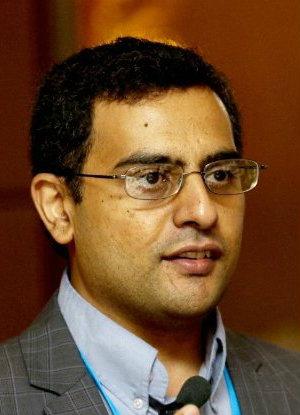
As the government begins its work on township in Greater Noida and other places as a precursor to creating smart cities, we take a look at the scope of the project and various uses cases that govt can follow to make its cities smart.
Before we talk about use cases, let’s define the term ‘smart city’. The term is little fuzzy because there is no completeness to the smartness that you can enable in systems that together constitute a smart city. Crafting smart cities is a vision led by high-end technology infrastructure and tech-led governance. The more guts you append to the systems the better the beneficiaries get served.
While it’s too early to comment on what all technology systems will power the imminent cities, however, the intent is clear. There is huge opportunity that if executed in right manner can truly change the image of India.
What India can replicate to start off
So, the vision would require two things: adequate budget and right mix of technology dexterity. Singapore for instance is a smart city where they have enabled smart traffic and transportation system, pollution control, healthcare, smart metering, etc. According to reports, India is already in touch with Singapore to collaborate on various projects.
Let’s take a look at some use cases India can replicate to go with its vision of being smart.
 RK Hiremane, Director, Intel Data Center Division
RK Hiremane, Director, Intel Data Center Division "As India go along with smart city initiatives, there are challenges to get through before we reap the benefits. Ensuring security, for instance, of the infrastructure from end point to data center is one."
With maturing communication technologies being made available including vehicle-to-vehicle communication, emission check, on-road safety, etc, India can start off with basics. M2M is an enabler of smart transportation which through sensors and cameras installed throughout can make cities smart. Data gathered by all these devices can be analyzed and shared between mass transit systems to reduce traffic congestion.
Contagious disease management can be enabled with IoT. “For a country like India, traffic management, pollution control, water management, etc make a lot of sense to start with,” says RK Hiremane, Director, Intel Data Center Division.
Smart meter is another aspect that can bring in smartness to our lives. There is a lot of theft of energy in India with a lot of power outages happening already. Smart gird can put in measures to trim down electricity consumption. The government can track down the consumption with smart grids and let its customers know his/her consumption level.
In Singapore, users get monthly bill which clearly shows monthly consumption along with his neighbors’ consumption and the national average for him to actually get to know the state of affairs and take corrective action.
Processes that are already tech-managed in Singapore include traffic management, pollution management and transportation including highway monitoring. Smart buildings are there in terms of parking lots. Commuters exactly know where and how to go to park their vehicles.
The country is now looking at smart healthcare. They are working home monitoring for age old patients. These are some of the use cases that India can replicate to start off with its smart city vision of uplifting its pollution.
“Singapore is still up on its journey of being smarter. With all these initiatives embraced already, the country don’t think they are smart enough to be called a smart country and hence they have an initiative called smart country. The level of smartness can always be added as you go along. There is no completeness to the smartness,” says Hiremane. However, there are use cases that are most pertinent to a particular country, he adds.
Challenges with the enabler of smart cities
With opportunities comes challenge. As India go along with smart city initiatives, there are issues and challenges to overcome before we reap the benefits. Ensuring security, for instance, of your infrastructure that you are building, from end point to data center is a challenge. Making sure the end to end security of IoT devices is troublesome.
Finding an integrated solution provider is another hurdle to overcome. Roping in multiple solution providers throw another set of challenges including interoperability issues. SIs and solution vendors have to work hand in hand to do away with these issues and make IoT deployment easier. When it comes to government, it is really tough to make fleet of solutions from different vendors deployed at various departments talk to each other because of scalability and other issues. So if you want to make sure electricity and water department needs to be in sync in terms of data sharing, a lot of work is to be done.

 In
In
Add new comment